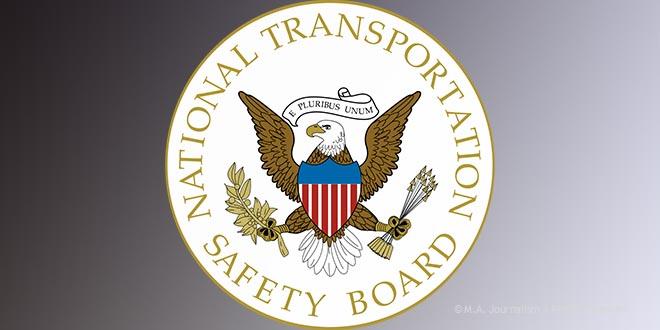NTSB releases report on Minnehaha gas explosion
The National Transportation Safety Board (NTSB) issued its report Dec. 2 following an investigation of more than two years into the Aug. 2, 2017, gas explosion at Minnehaha Academy’s North Campus.
The NTSB is primarily engaged in researching transportation-related accidents, but it also inspects natural gas pipeline explosions “in which there is a fatality or substantial property damage.” In their mission statement, they state that “the NTSB determines the probable cause of the accidents and issues safety recommendations aimed at preventing future accidents.”
The explosion took the lives of two employees, John Carlson and Ruth Berg, in addition to others who suffered injury. The property damage was “substantial” enough to require the demolition of the oldest building on campus, which resulted in a two-year move to a temporary campus in Mendota Heights while the building underwent demolition and rebuilding. The school returned to the newly constructed North Campus this August.
NTSB Investigation
“The National Transportation Safety Board determines that the probable cause of the natural gas explosion at the Minne- haha Academy occurred when a pipefitting crew disassembled piping upstream of a gas service meter,” the report said. “Contributing to the accident was the lack of detailed documentation that clearly established the scope of work to be performed.”
The NTSB does not conclusively assign fault to any party; their investigations are “fact-finding proceedings with no formal issues and no adverse parties . . . and are not conducted for the purpose of determining the rights or liabilities of any person.”
In reviewing the facts of the case, the report stated:
“Natural gas was supplied to the school by CenterPoint Energy Minnesota Gas, (CPEMG). CPEMG performed maintenance on its own natural gas service meters and distribution pipelines and also hired contractors to perform specialized pipe fitting services. The maintenance activity on the day of the accident was being performed by such a contractor.”
Utility hires contractor
“Master Mechanical, Inc. (MMI) was the contractor hired by CPEMG to perform the pipe-fitting work at the accident site,” the report stated. “The MMI work involved a project to relocate the gas service meters from the inside of the building to the outside of that building…. The MMI on-site work crew consisted of a field foreman and a construction helper; the field foreman was the father of the construction helper.”
Workers lacked training
Although the journeyman/ pipefitter was licensed and trained to meet state and local requirements, he was not qualified to work on DOT-jurisdictional piping [which run “from the service meter outward to the distribution system” as opposed to the pipes on the customer side of the meter]. He had not completed the CPEMG Operator qualifications program, as required by 49 CFR Part 192, Subpart N, to work on the covered tasks associated with jurisdictional piping.
The construction helper, who was working on the gas piping immediately preceding the explosion, was a part-time employee. He was not trained to any pipefitter job classification level…. The construction helper also had not completed the CPEMG operator qualifications program.”
Problem with valve
The 10-page report included a section, “Examination of Plug Valve,” that stated: “The on-scene examination by the NTSB of the plug valve, which the two MMI on-site employees had identified as having been ‘stuck’ in the closed position, showed that the valve wrench was positioned perpendicular to the piping [normally associated with a closed valve].”
“Disassembly of the valve components showed that the internal ‘flow control’ component of the valve (the valve plug) was in the open position. The investigators were unable to determine how the valve wrench became positioned in that perpendicular orientation because pre-accident photographs, provided by CPEMG and taken about 1.5 years prior to the accident, showed the wrench positioned parallel to the piping, thus indicating the valve was open.”
“It is customary to align the handle so that it is parallel with the piping when the valve is open and positioning the handle perpendicular to the piping when the valve is closed,” the report stated. “However, confirmation of this is the responsibility of the crew working on the piping.”
For more details, and to read the complete report, visit www.ntsb.gov/investigations/dms.html. The NTSB accident identification number is DCA17MP007.

